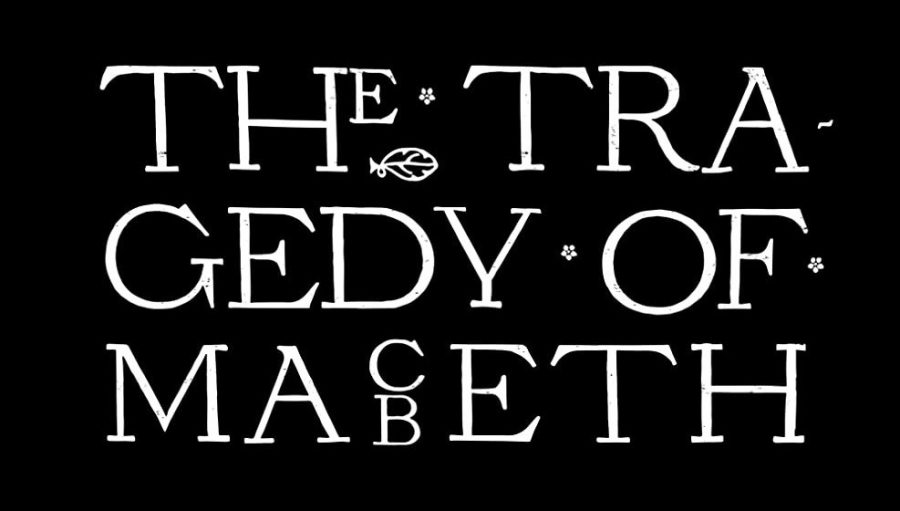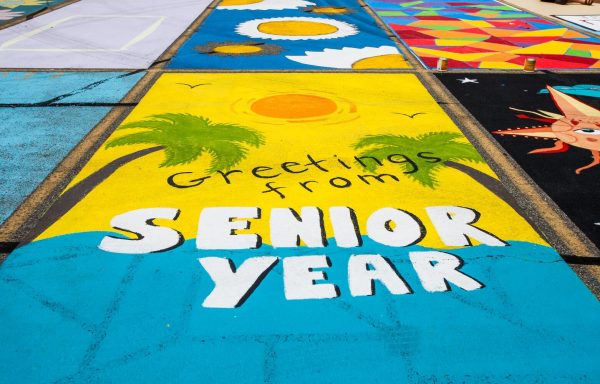How Joel Coen Utilizes the Theme of Contrast in “The Tragedy of Macbeth”
The Tragedy of Macbeth is Joel Coen’s first directorial debut without sibling Ethan.
Joel Coen’s newest production, “The Tragedy of Macbeth,” starring Denzel Washington and Frances McDormand, follows the story of Macbeth as he pines after the Scottish throne. It premiered in select IMax theaters worldwide for a special one-day viewing on Dec. 5, 2021 and premieres everywhere on Dec. 25.
“We all know the story. So the surprises won’t be in the story, but it’s about the way it’s shot and the things we choose to accentuate, and the angle we take with it,” composer Carter Burwell said.
Coen is known for his often anomalous characters and plotlines, so seeing him take on such a classic story sparked some curiosity. Thanks to cinematographer Bruno Delbonnel, the film has been stripped of its most common element.
“The Tragedy of Macbeth” was shot in a black and white 4:3 aspect ratio, which forces attention to focus solely on dialogue and body language.
“It’s not about reality. We weren’t going for, let’s do 12th century Scotland and shooting a castle and all that kind of thing, and then ride horses over the moors, you know?” Coen said. “It was, let’s do it more like a theater piece where there’s a certain amount of abstraction in the whole idea, the design, the time period, and all the rest of it. So, black and white just puts you one step down that path already.”
The whole production was built on an abstract idea of expression. Coen crafted the tone of this film to produce an underlying resonance of uncertainty, to immerse the audience into this story. His goal was not to adapt a Shakespeare play like any other director had done over the years. It’s all about the tone that is created.
“The Tragedy of Macbeth” is a drama that spans into a thriller, as the film plays out. Shooting black and white automatically gives that dramatic upsurge of the shadows which, in itself, produces an unsettling atmosphere.
























































Joel Coen • Dec 14, 2021 at 12:46 pm
this is the best article i’ve ever read.